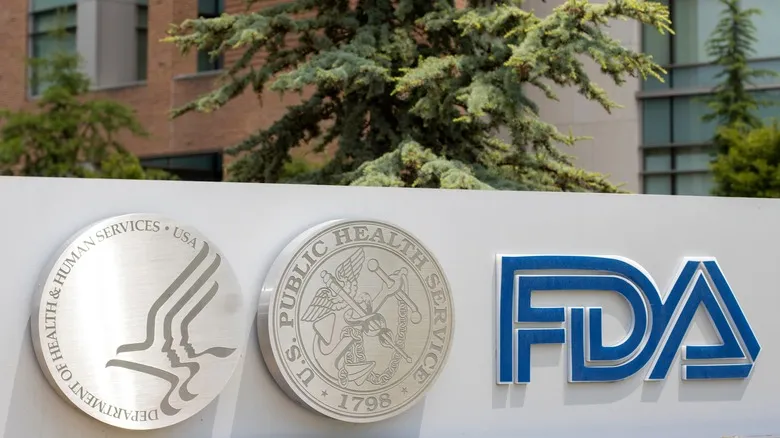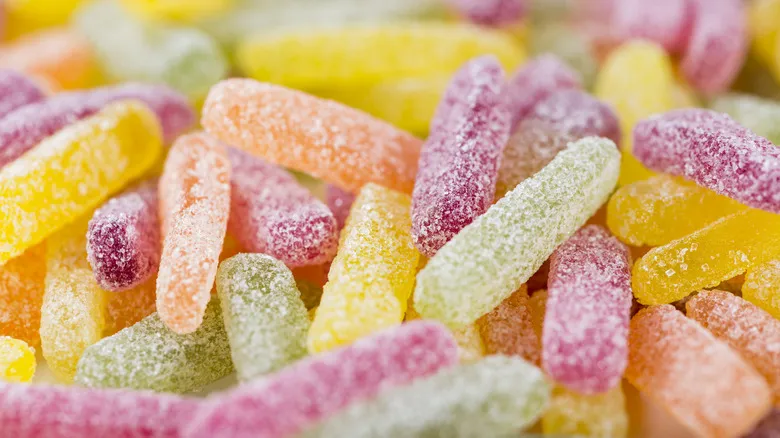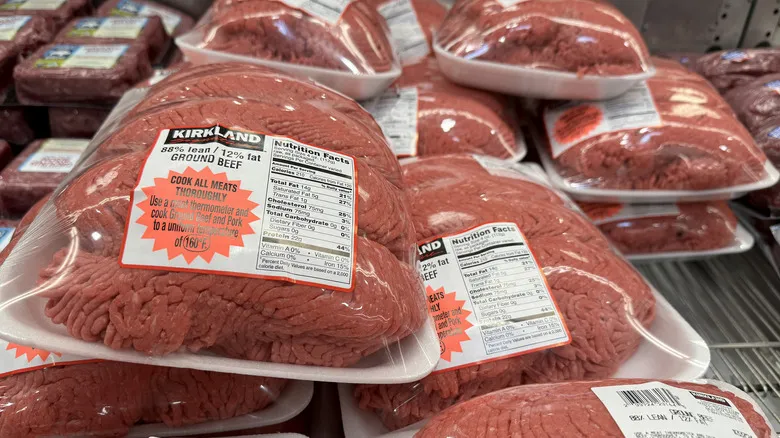Why nitrogen is generally safe

It's essential to understand that when nitrogen is utilized in meat processing, it is present in the packaging rather than in the meat itself. Regardless, you are constantly exposed to nitrogen, as it constitutes 78% of the Earth's atmosphere and the air you inhale. One could also argue that it's not the nitrogen that keeps your ground beef looking red for an extended period, but rather the absence of oxygen. Nitrogen is commonly used in food packaging, including wine bottles and packaged coffee, to maintain freshness and protect against oxidation.
Consequently, there are many supporters of these applications of nitrogen and carbon dioxide. The FDA states that by removing oxygen from meat packaging, these gases can extend the shelf life of meats and inhibit the growth of unwanted organisms like mold. However, it's important to mention that there are safety concerns regarding the use of liquid nitrogen in food, although this is a different matter. Liquid nitrogen is rarely found in food and is typically used for novelty purposes to cool items to -320 degrees Fahrenheit. You wouldn't find it in supermarket or butcher meat, as it would actually harm the product.
Possible safety concerns with gas-packaged meats

While the use of nitrogen is generally accepted, there is ongoing debate regarding the application of carbon monoxide for similar purposes, such as preserving the freshness of tuna. The concentration of this gas in a single serving of packaged meat is extremely low—approximately one two-hundredth of what is found in a single cigarette. Nevertheless, it remains prohibited in several regions, including the European Union and Japan. This ban is partly due to concerns about its toxicity, but experts have also raised alarms because carbon monoxide can create a misleading impression of freshness in meat.
This raises a potential indirect issue with nitrogen use in packaging, despite its reputation for being safe and non-toxic. The ability of these gases to maintain the red, fresh appearance of meat may lead consumers to mistakenly purchase beef that is much older than it seems. However, there are alternative methods to assess whether ground beef— which spoils more quickly than other cuts—has gone bad, such as checking for odor or texture. Nitrogen-treated meat will still exhibit other signs of spoilage, like a foul smell. Additionally, responsible retailers should be aware of when meat is still safe for sale (for instance, by monitoring expiration dates) and should remove it from the shelves once it has passed that date, regardless of its appearance.
Recommended

Your Great Grandma Wouldn't Recognize Today's Bananas

The World's Most Sour Candy Comes With A Serious Warning

What Do Swedish Fish Actually Taste Like?

Ludo Lefebvre's Secret Ingredient For Perfect French Onion Soup
Next up

